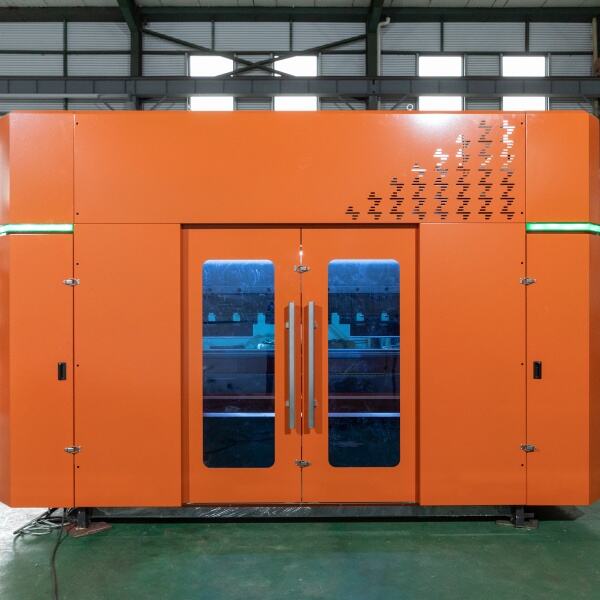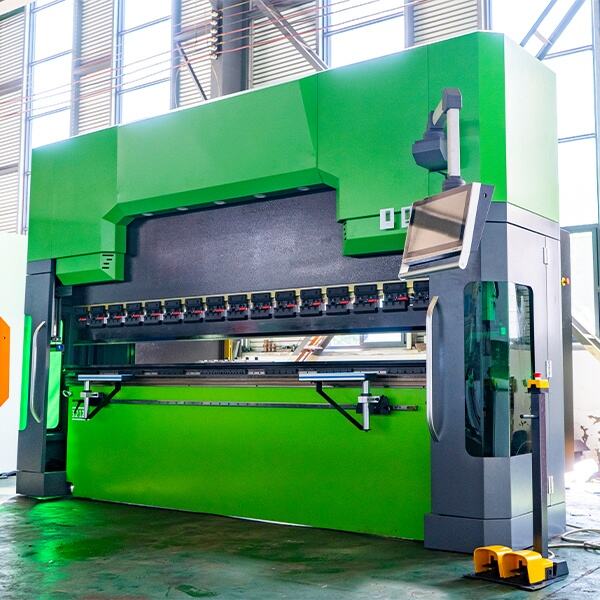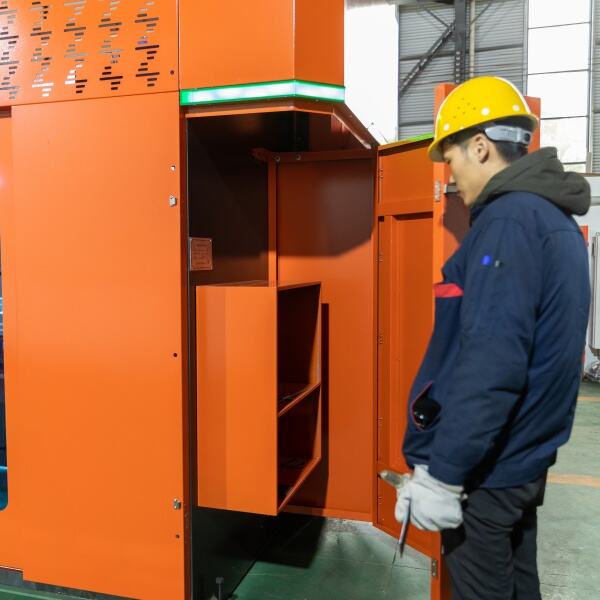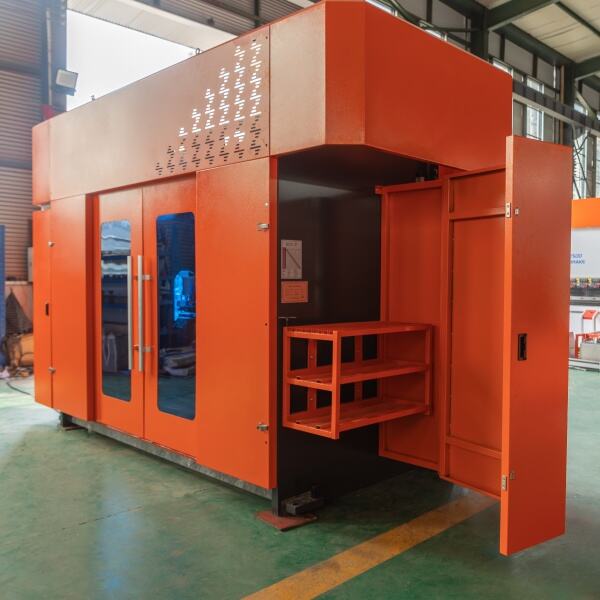
RAYMAX’s CNC press brake technology innovations are the result of 22 years of manufacturing expertise, close “production, education, and research” partnerships with local universities, and insights from 4000+ global clients across automotive, aviation, and shipbuilding industries. These innovations are designed to solve core pain points in metal forming—such as low precision, long setup time, and high energy consumption—while meeting the evolving demands of modern manufacturing. AI-Driven Adaptive Bending Technology stands out as a game-changer. Developed with university researchers, this technology integrates real-time sensors and machine learning algorithms to adjust bending parameters dynamically based on material characteristics. For example, when bending high-strength steel sheets (used in automotive chassis), the system detects subtle variations in material thickness or tensile strength and automatically modifies hydraulic pressure and ram speed—ensuring consistent ±0.08mm accuracy even with material inconsistencies. A Western European automotive client reported a 30% reduction in rework rates after adopting this technology, as it eliminated defects caused by material variability. Digital Twin & 3D Simulation Integration redefines programming efficiency. Unlike basic 2D simulation, our digital twin creates a virtual replica of the CNC press brake, tooling, and metal sheets—allowing operators to test bending sequences, optimize tool paths, and detect collisions before physical production. For aviation clients manufacturing complex aluminum alloy fuselage parts (with 6+ bends), this feature cuts setup time by 40%: operators can simulate 10+ bending scenarios in 30 minutes, compared to 2+ hours of trial-and-error with traditional methods. The digital twin also syncs with real-time production data, enabling remote monitoring—shipyard clients in the Middle East use this to manage bending processes for hull panels from their central control rooms, improving operational visibility. Energy-Saving Hydraulic Systems address sustainability goals without compromising performance. We’ve redesigned hydraulic circuits with variable-speed pumps and pressure-compensated valves, reducing energy consumption by 25% compared to conventional systems. The pumps adjust speed based on bending load—running at low speed for light tasks (e.g., bending 2mm aluminum sheets for light industry) and high speed only when heavy force is needed (e.g., 30mm steel plates for power plants). A Southeast Asian light industry client reported annual energy savings of $12,000 after upgrading to our energy-efficient model, while maintaining the same production capacity. Smart Tooling Management enhances tool life and reduces downtime. Our CNC press brakes now integrate RFID tags in tooling (punches and dies) that communicate with the CNC system to track usage, wear, and calibration status. The system alerts operators when tooling is approaching its service life (e.g., after 50,000 bends for H13 steel punches) and provides automatic tool compensation—adjusting bending parameters to account for minor tool wear. A petrochemical client using this feature extended tool life by 25% and reduced tool change downtime by 15%, as operators no longer needed to manually inspect tooling or guess replacement timelines. These innovations not only improve productivity and precision but also lower total cost of ownership for clients. Whether it’s AI adaptive bending for automotive, digital twins for aviation, or energy-saving systems for light industry, our CNC press brake technologies are tailored to deliver tangible value across diverse sectors.


